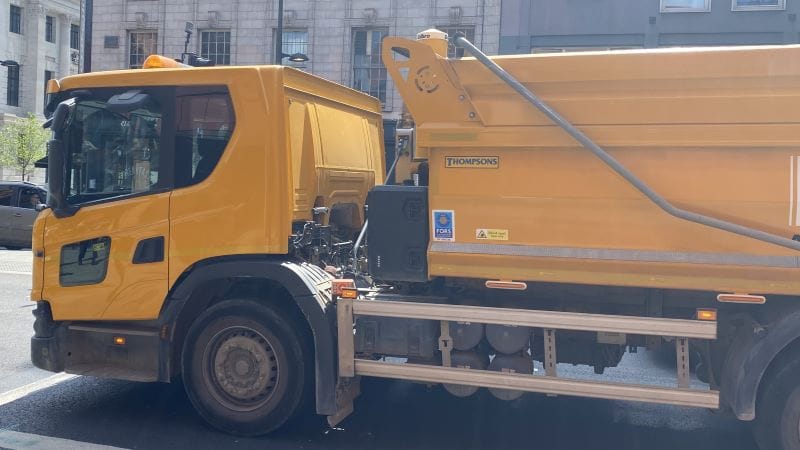HGV safety equipment toolbox talk

Most HGVs are retrofitted with enhanced safety features to minimise the risk of injury to other road users in a vehicle’s blindspots. Other road users are the most vulnerable, such as pedestrians and cyclists.
Blindspot vision aids and blindspot warnings are a demonstration of a company’s investment and commitment to reduce road risk. Camera monitoring systems also help protect both the driver and company during an investigation and/or insurance claim.
This month’s HGV safety equipment toolbox talk reminds drivers of the reason their vehicles are fitted with enhanced safety features and their responsibility to ensure the equipment is used correctly. It covers:
- Why HGVs are retrofitted with enhanced safety features to protect the most vulnerable road users
- HGV safety equipment now regarded as standard in the industry and contractually required by many customers
- The responsibility of the driver to ensure any enhanced safety equipment is fully serviceable
- The London HGV Safety Permit, Direct Vision Standard and the progressive safe system
In addition to the direct road safety benefits, many customers expect HGVs in their supply chain to be as safe as they possibly can be. Driver awareness of how road risk can be mitigated by using enhanced safety features correctly is fundamental to helping achieve this.
At a glance
- Covers key safety features like blindspot aids, cameras, and alerts for vulnerable road users
- Explains driver responsibilities to check and use safety equipment correctly
- Outlines industry standards including the London Safety Permit and Direct Vision Standard
Click on any of the categories to see our related news
Our live demo will guide you through:
- The most powerful and useful features of the software and app
- Our library of content and customisation
- Any specific questions or use cases you may have
